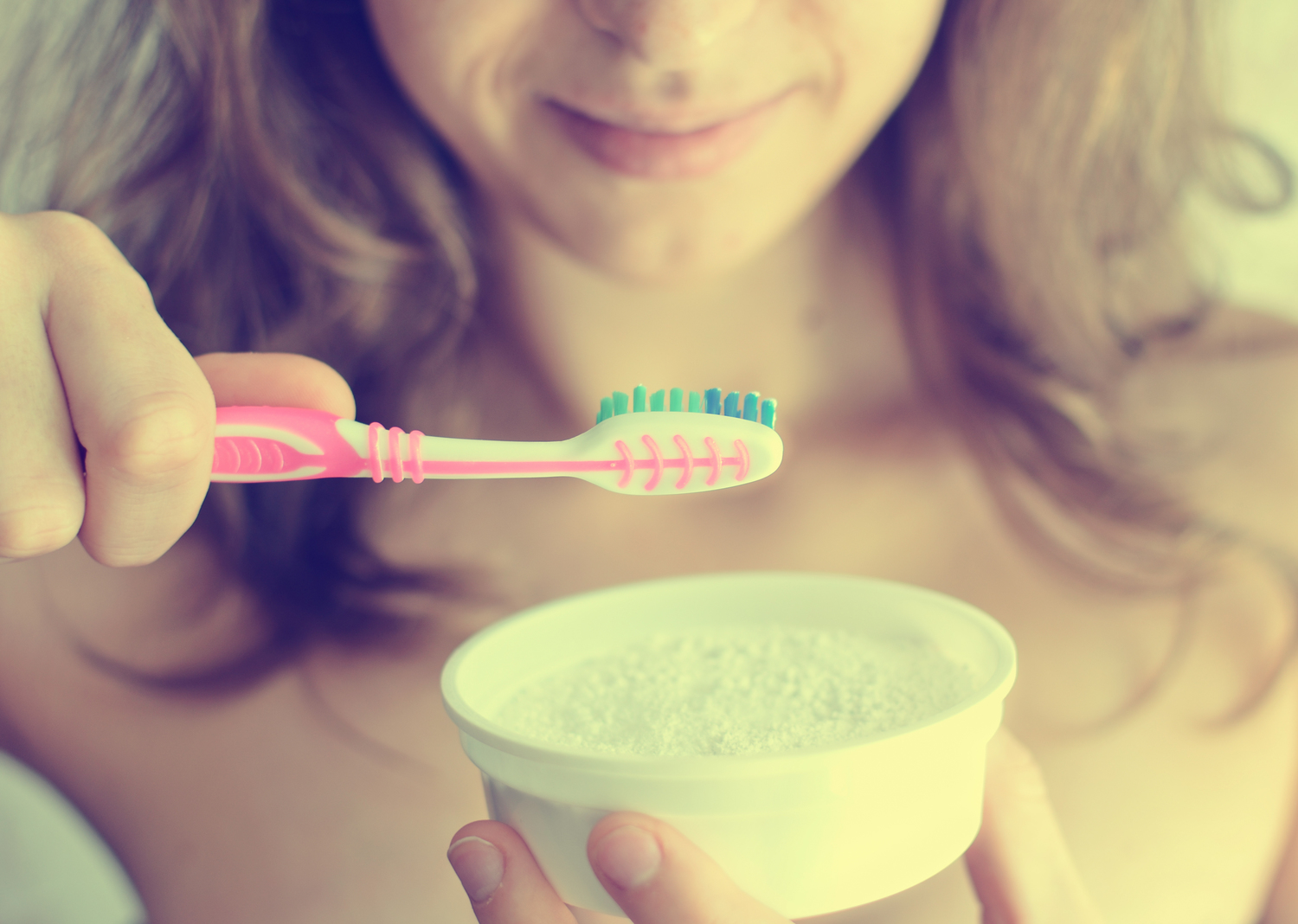
Top techniques for teeth whitening
A white, dazzling smile is neither laborious nor time-consuming. Visit your dentist and can have your teeth white in a matter of an hour with laser whitening. Otherwise, there are lots of home kits and even toothpaste that do the job. Each has its merits and limitations; for example, toothpaste is a hare and tortoise race, slow and steady wins the race. Home kits have risks associated with them. One’s dentist can recommend one that is ideal for the individual. Giving up smoking, reducing coffee tea and red wine help prolong the whiteness
Whitening teeth involves bleaching teeth. One can make the teeth much lighter, certainly not dazzling white. Teeth whitening are a dentistry operation and should be done by those who are qualified and registered like dental hygienist or dental therapist on a prescription of a dentist. The fact they are registered is an assurance about their training and education.
It needs a few visits to the dentist over a period of months. The dentist makes a mouth guard fit around the teeth. One has to wear it and apply the whitening gel for several weeks for a specified duration. There are gels that can be kept 8 hours reducing waiting to one week. Laser whitening takes only about an hour. The agent is painted on the teeth and is exposed to laser or light is shown on to it. This activates the reagent and the process is completed in about an hour.
These days DIY kits are available, some of which may not contain enough whitening agent and the tray supplied is not custom made and may leak the reagents causing damage the oral mucosa and sensitivity of teeth.
The shelf life of whitened teeth dependents on the person and food habits. Use straw to drink coffee, tea etc. Normally the whitening can be expected to stay for a few weeks up to three years. Whitening is effective only on natural teeth and not on dentures, crowns, veneers and other restorations.
No matter who does the whitening, there are risks like increased teeth sensitivity and gums sensitive to the chemicals can get burnt. Whitening kits used may contain chemicals that are actually harmful to teeth enamel.
None of the home remedies have conclusive scientific proof that they work. The greatest support they get is from the fact that many whitening gels and pastes contain these ingredients at higher concentration. There are some studies that have shown that they work. Some home-based teeth whitening pastes can be used with ingredients like baking soda and coconut oil.
A hydrogen peroxide toothpaste is made by mixing one tablespoon of baking soda with two tablespoons of hydrogen peroxide into a smooth paste and brush with it. Keep the paste in the mouth for a minute and thoroughly rinse the mouth with water. Make sure both chemicals are completely removed. Limit its use to no more than thrice in a week.
Mix two parts of Apple cider vinegar and one part baking soda to make toothpaste. Less baking soda is better. Use the same way as baking soda hydrogen peroxide toothpaste.
A combination of coconut oil peppermint leaf is another way of teeth whitening. It is not quick acting.
All said and done technology has enough tricks up its sleeve to give one a smile one desires.


